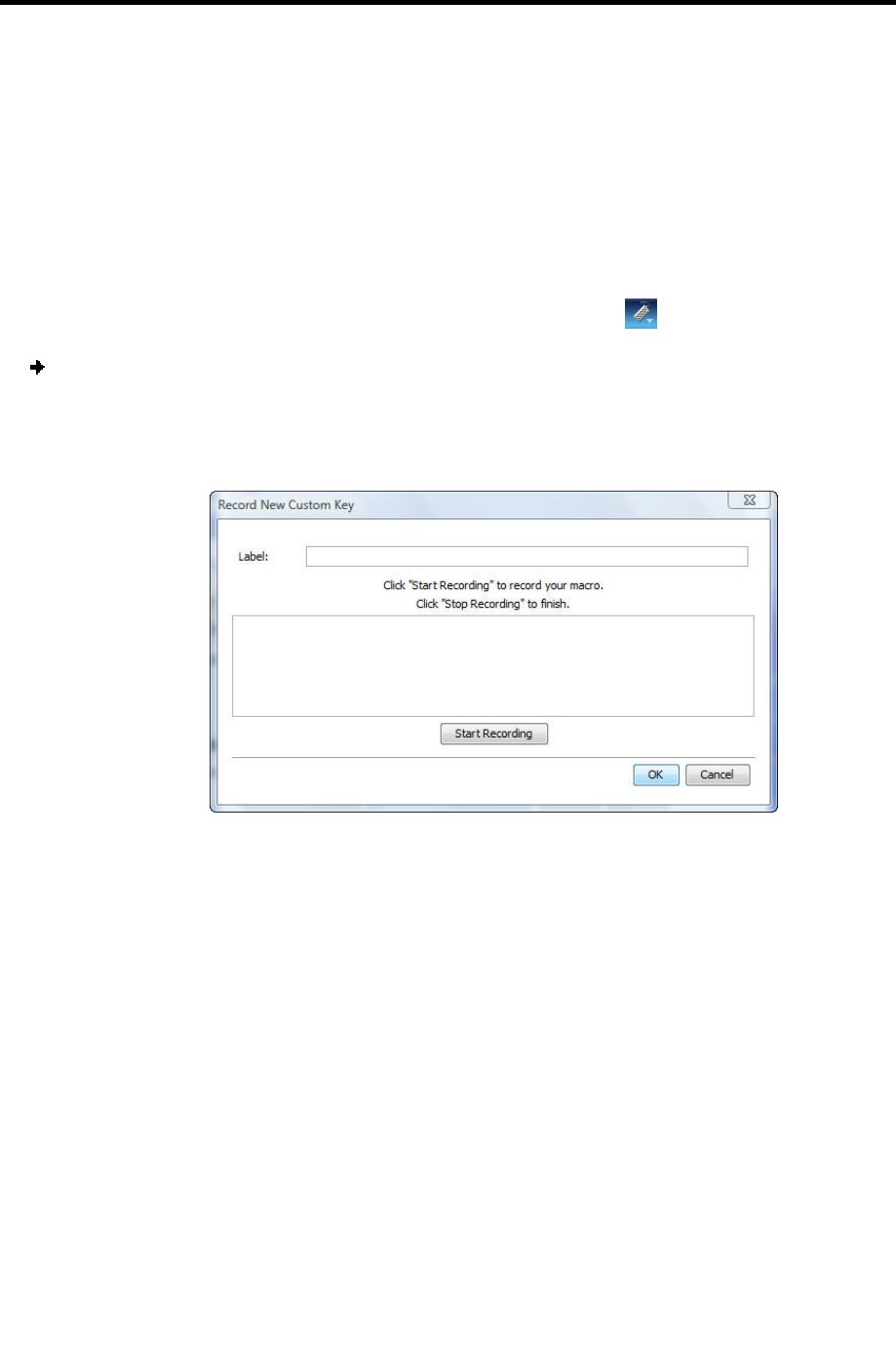User guide
Table Of Contents
- 1 Introduction
- 2 Installation
- 3 Configuring the Network
- 3.1 Boot-Up Process
- 3.2 Logging Onto the Web Configuration Interface
- 3.3 Configuring the Network Settings
- 3.4 Configuring Network SNMP Settings
- 3.5 Configuring User Settings
- 3.6 Configuring the KVM Switch
- 3.7 Configuring the Security Settings
- 3.8 Performing Additional Configuration Operations
- 3.9 Reloading a Page
- 3.10 Saving Changes and Logging Out
- 4 Conducting a Remote Session
- 4.1 Starting a Remote Session
- 4.2 Sharing a Remote Session
- 4.3 Displaying the Toolbar
- 4.4 Setting the Session Profile
- 4.5 Verifying Remote Presence Solutions Information
- 4.6 Changing the Video Performance Settings
- 4.7 Adjusting the Video
- 4.8 Managing Keyboard Sequences
- 4.9 Synchronizing Mouse Pointers
- 4.10 Switching to a Different Server
- 4.11 Disconnecting the Remote Session
- 5 Troubleshooting – Safe Mode
- 6 Operating the SmartRack 116 IP Switching System Locally
- Activating Password Protection
- Changing the OSD Hotkey
- Activating Autoskip
- Serial Port
- Changing the Keyboard Language
- Editing the Switch Name
- Restoring OSD to Factory Defaults (F7)
- 6.3 Upgrading the SmartRack 116 IP Firmware
- 6.3.1 Downloading Update Software and Latest Firmware
- 6.3.2 Update Software System Requirements
- 6.3.3 Connecting the SmartRack 116 IP System
- 6.3.4 Connecting the RS232 Download Cable
- 6.3.5 Installing the Software
- 6.3.6 Starting and Configuring the Update Software
- 6.3.7 Verifying the Version Numbers
- 6.3.8 Obtaining New Firmware
- 6.3.9 Restoring Factory Settings
- 6.4 Troubleshooting – Update Software
- 7 Technical Specifications
- 8 Video Resolution and Refresh Rates
- 9 SNMP Events Table

Conducting a Remote Session
Managing Keyboard Sequences
User Guide | 61
The sequence appears in the Special Key Manager box.
4. In the Special Key Manager box, click OK.
The sequence appears in the Keyboard Key sequence list.
4.8.2 Recording a New Custom Key
This section describes how to define a new keyboard sequence. After defining the
keyboard sequence, you can add it to the list of keyboard sequences that can be
accessed directly from the dropdown list of the toolbar item
(see Section 4.8.1).
To record a keyboard sequence:
1. In the Special Key Manager box (see Figure 60), click Reco
rd New Custom Key.
The Record Macro box appears.
Figure 62 – Record Macro Box
2. In Label, type a name for the new key sequence.
3. Click Start Recording.
4. On your keyboard, press the keys to include in the key sequence.
The names of the pressed keys appear in the provided area.
5. Click Stop Recording.
6. Click OK.
The new key sequence is now on the list of predefined key sequences.










